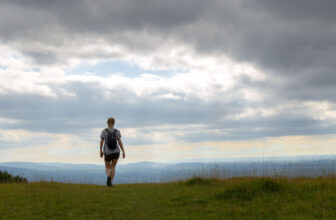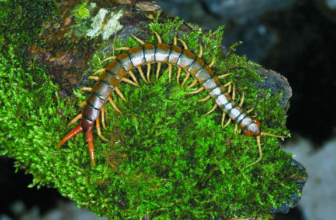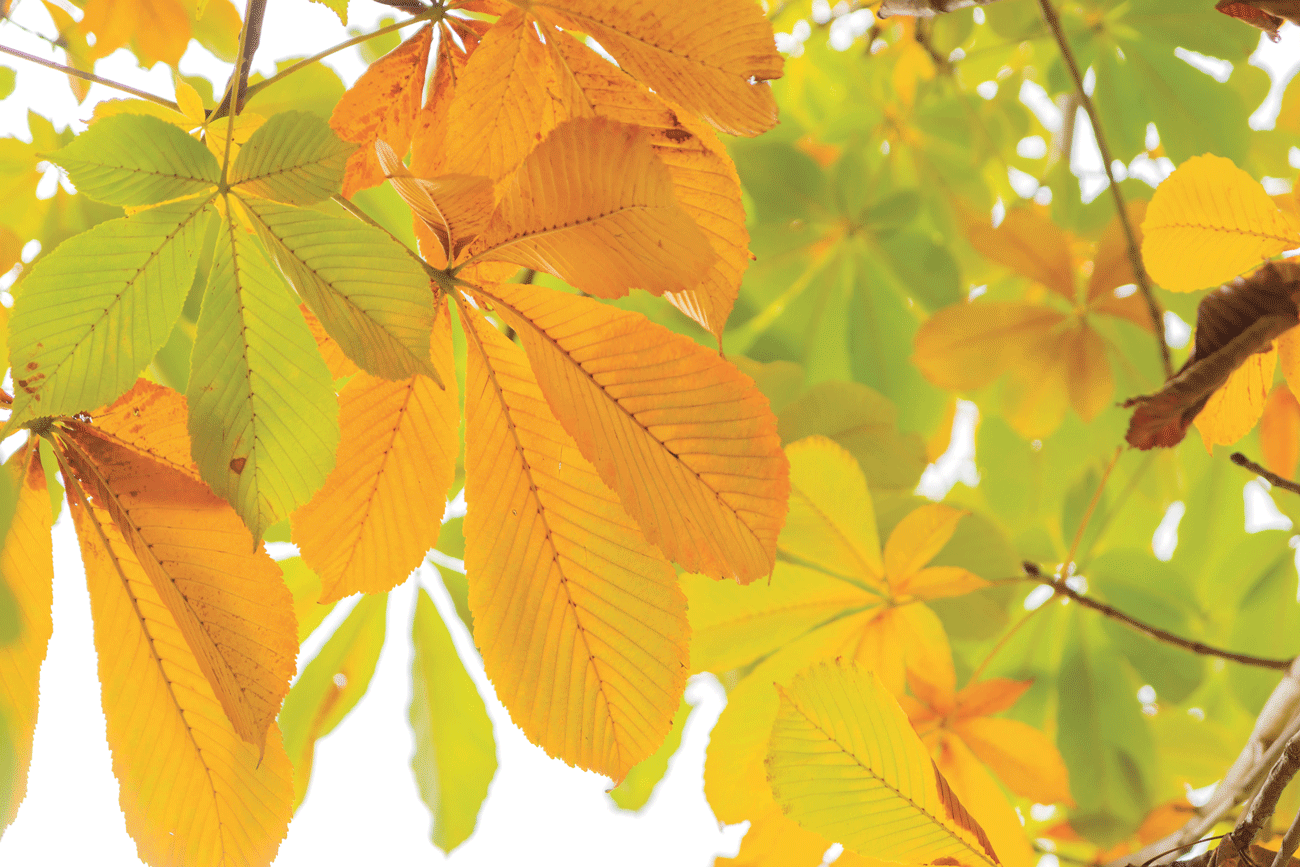
by Miki Marks
There comes a morning in September when I open the front door and sniff the air, and can smell that autumn is on the way. Horse chestnuts are usually the first trees to show signs of the changing season. The falling leaves reveal a horseshoe shaped scar on the twigs, dotted with marks resembling nails, which may have given the tree its name.
Something else to look out for: on the 18th of the month the moon is full – and because it is closest to the Earth, it will appear super large. It is known as the ‘fruit moon’ because this is the major month for fruit harvesting.
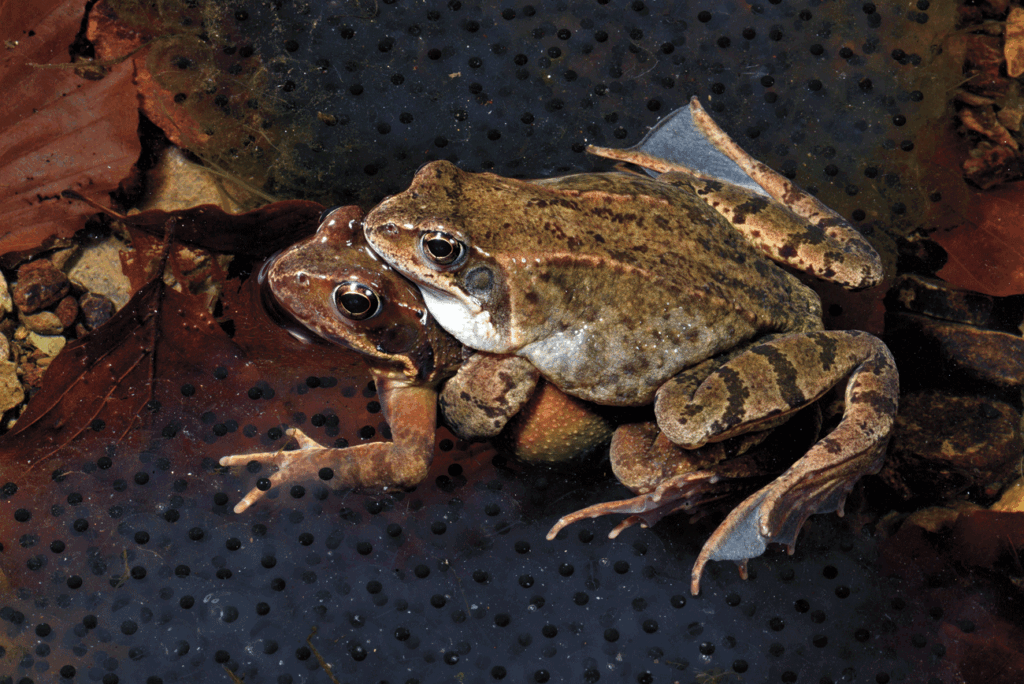
My little pond has become a rescue place for frogs. Friends with a cat which is adept at catching frogs, and generously presenting them as gifts to her owners, has recently caught three. The frogs were rescued – unharmed – and relocated here. My pond has water lily cover and large rocks all round the edges, an ideal environment for creatures who don’t spend the majority of their lives in water, but hidden in safe, damp places, under rocks or logs. My usual reference book rather vaguely tells me that in the wild, frogs live from one day to 30 years! – but in captivity they live for about 20 years. Not sure what research this claim is based on.
I re-instated my pond when we moved here as previous owners had filled it in and turfed it over. For some years we had frog spawn every year. And then suddenly we had none. What we do have are many newts and as they eat frog spawn, perhaps that is the explanation for our lack of frogs. Or it could be that it is all part of the general decline of frogs nationwide. Rana temporaria – the second name refers to it inhabiting temperate zones – was extremely plentiful – known also as the common frog. Conservationists talk about ‘shifting baseline syndrome’ which means the endless realignment of what constitutes ‘normal’ – so no one now would wonder, perhaps, at the decline of frogs since the early 20th century. Pollution and loss of habitat are major contributors but another reason might surprise you. In the middle of the 20th century there was a huge demand for frogs for dissection and it is estimated that Biological Suppliers initiated large scale frog hunts and hundreds of thousands of frogs were collected for use in schools and laboratories. Happily the tradition of dissecting frogs has been dropped from academic curricula. Unfortunately the frog population did not bounce back.
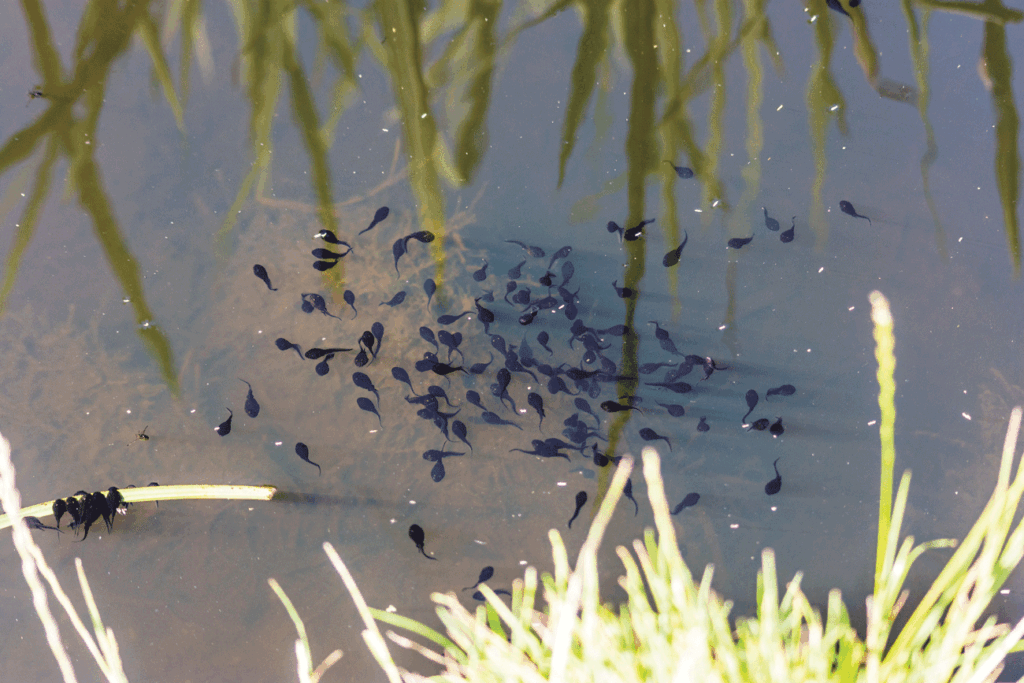
I will probably not know for certain if the three frogs in my pond have survived to breed until early next spring. The male will start to croak in the evening and attract a female. They pair up in the water – the male clasping the female with special pads on its forelimbs. Garden ponds are now considered crucial as safe breeding places for amphibians. But not if you have goldfish in your pond as they will eat the tadpoles. I shall have to wait and let the frog/newt balance naturally evolve.
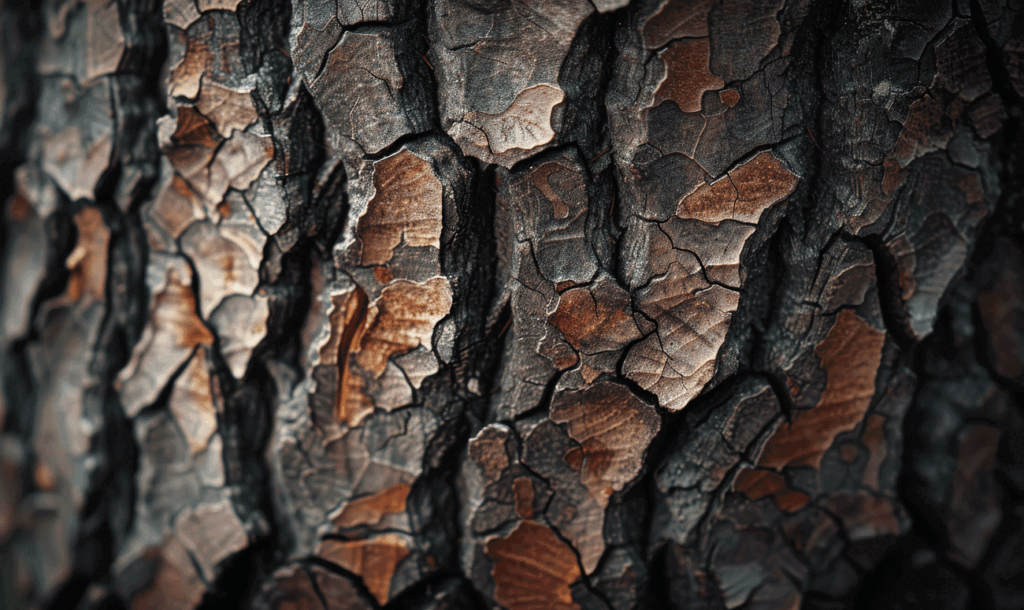
It has been discovered recently that trees are even more essential for the environment that previously thought. We know that they store carbon, are home to an immense variety of species, are essential for flood mitigation and soil retention. They provide shade, enrich the soil and have for many people invaluable psychological benefits. It is now known that tree bark helps to remove methane from the atmosphere. Researchers led by the University of Birmingham have discovered that microbes within the bark of the tree remove the gas as they do carbon dioxide. They calculate the trees are 10% more beneficial for the environment than previously thought and are just as important at removing methane as the soil, which was thought as the main carbon sink for this climate warming gas. Methane comes largely from livestock, and oil and gas use and is responsible for about 30% of global warming. Its lifespan in the atmosphere is relatively short – about 20 years but it is 80 times more powerful than carbon dioxide. Vincent Gauci who has led this research and published his findings in the journal Nature writes “planting more trees and reducing deforestation is an important part” of reaching the goal agreed at the Cop26 Global Methane initiative. The pledge is to cut methane emissions by 30%.
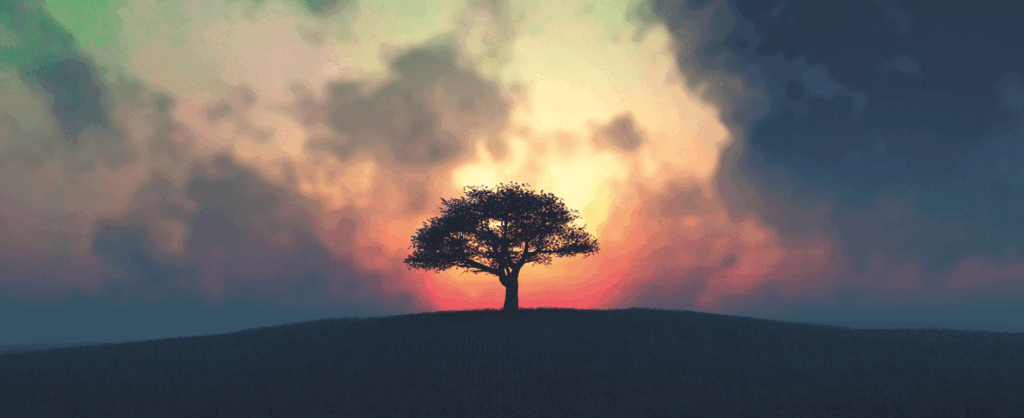
I would add that that although we need to keep planting trees, it is no replacement for existing mature trees, which are the ones which have the beneficial effects for the environment. It is worrying that the proposed surge in large housing developments will inevitably be at the cost of mature trees. As the poet Blake said “Some people think that trees are just green things that get in the way”. How right he was.




